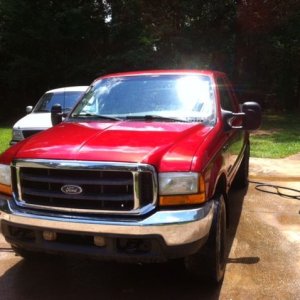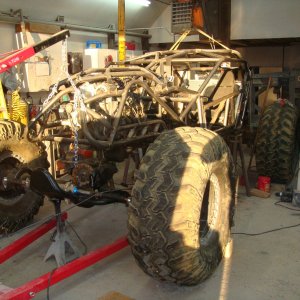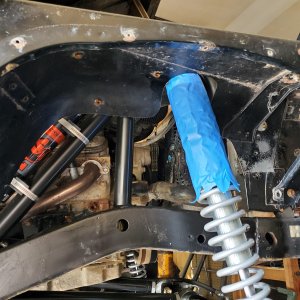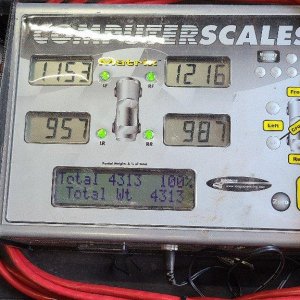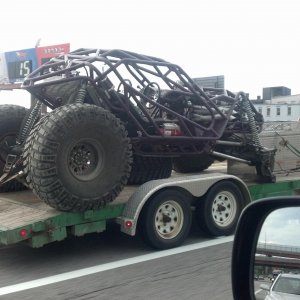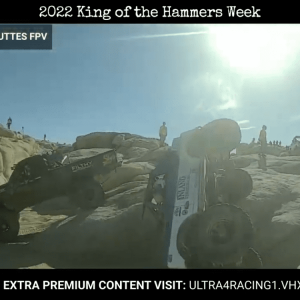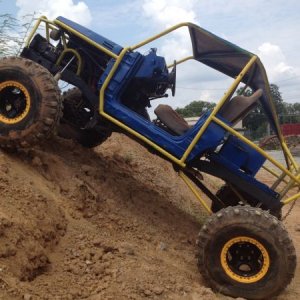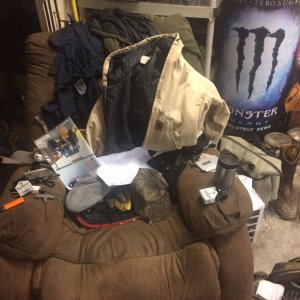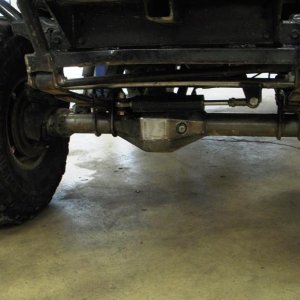WHITE TRASH1
fruit stripe
For the purpose of comparrisons you have to have all of thos variables equal. HP alone will win races. SHOW me otherwise.:corn:
Stop playing stupid. I'm agreeing with you that variables non existant hp alone WILL win the race but in the real world it matters
What's the typical gears in a OTR truck? I didn't see them shift (this is key to something I said earlier) , what gear would they have been in?
How much did they weigh? Doesn't need to be a exact number just a good guess is fine...
If you didn't see them shift you need to see your optometrist. Every time the smoke stopped rolling they were banging a gear. The nearest truck was in 3rd or 4th when it passed the camera.
I'd say those trucks are both running 18 speed trannies for the simple reason they are designed for high power/heavy haul applications. The super 10I run is only rated to 2000 ft lbs. With their triple over 18 speeds they are probably running 3.90's on 24.5 wheels same as I am.
That load was easily 150k if not 200k gross.

